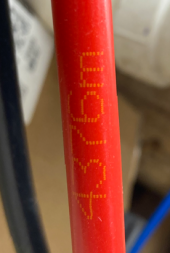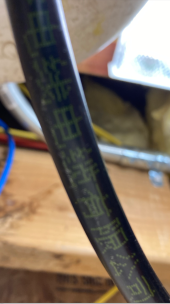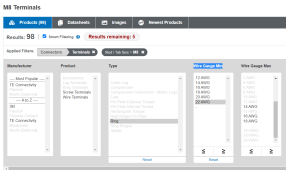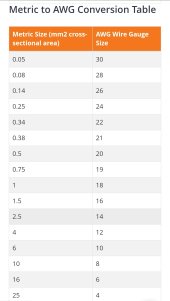I have some questions in reguards to SS's Chargeverter that recently came out. I plan to have a relatively simple setup at some remote property I own...or at least I hope everything is as simple as I have it in my head. I plan to use an EG4 6kW inverter, (2) EG4 LL 48v 100Ah batteries, and about 3kW of PV panels. I have read on here that the EG4 inverter/chargers do not like AC input from generators. I will be using a 7.5kW 1800 rpm diesel generator to top off the batteries as needed. On the surface it would seem (to me) the solution is their new 100A "Chargeverter". However, I read in another post that this unit does not charge at a high enough voltage to equalize all of the cells in a LiFePo4 battery such as the one mentioned above.
Another question I have is how does this charger know when to stop charging? I am pretty new to all of this and maybe everything is not straight in my head. My understanding is that there is a communications link between the batteries and the inverter/charger. It is my understanding that this BMS from the battery tells the inverter/charger when it's full and when to stop charging, or maybe when to go into a float charge. It is also my understanding that this Chargeverter plugs into my generator on the input side, then attaches to the bus bars my batteries are connected to on the 48v DC output side. If that's the case, how do the batteries tell the chargeverter when to stop charging? Maybe I'm missing something simple here? Also, is there any reason why I could not use this system I have described without any solar panels attached? My usage will be very minimal. A small TV and dvd player for a few hours in the evening, a few LED lights, a Starlink satalite internet router and dish, and a phone charger. It seems like I could run this off the 2 batteries for several days, then kick on the generator for a few hours and recharge the batteries for another 2 or 3 days. SS sales woman said no. She said I HAVE to have solar input for the EG4 to work.










